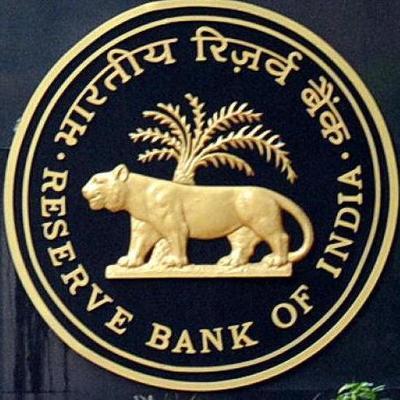

To ease the liquidity pressure on mutual funds, RBI announced a Special Liquidity facility for Mutual Funds (SL-MF) on 27th April. SL-MF worth Rs 50,000 crore was announced in the wake of Franklin Templeton Fund winding up six debt mutual fund schemes. The fund house cited high redemption pressure and lack of liquidity in the bond market as the major reasons for winding up the schemes. As per the statement issued by Franklin Templeton Fund House, the funds had direct exposure to higher yielding and lower credit rated securities, most affected from the current crisis. The Asset Under Management (AUM) of the six schemes amounts to around Rs 26,000 crore.
RBI has acted swiftly by announcing SL-MF worth of Rs 50,000 crores. Under the SLF-MF, the Central Bank shall conduct repo operations of 90 days tenor at the fixed repo rate. The funds availed by the banks should be exclusively used for meeting the liquidity needs of mutual funds. The banks can extend loans, purchase repo against the collateral of investment grade corporate bonds, commercial papers (CPs), debentures and Certificates of Deposit (CDs) held by MFs. Additionally, RBI also allows the banks to breach their 25 percent ceiling on Held-to-Maturity (HTM) investments as a consequence of their lending to mutual funds. These measures are aimed at pushing the banks to lend to sectors that are facing severe liquidity crisis.
Yet, citing lack of liquidity as one of the reasons for winding up the schemes shows that the effectiveness of liquidity boosting measures by the RBI has been limited. Last month, RBI announced that it will conduct Targeted Long-Term Repo Operation (TLTRO) worth of Rs 1 lakh crore. The funds availed by the banks were to be deployed in in investment grade corporate bonds, commercial paper and non-convertible debentures. Similarly, the response for TLTRO 2.0 targeted at improving the liquidity in the NBFC sector has also been limited. However, it doesn’t come as a surprise as in the current scenario, the risk appetite of banks is very low. Though, banks are able to avail credit at a cheaper rate, banks are not willing to expose themselves to credit risk by lending. The increased lending by the banks during the Global Financial Crisis is often cited as one of the reasons for the higher NPAs in the banking sector. In the current scenario, banks are acting more cautiously as they don’t want to trap themselves in NPAs. In such a situation, the Central Bank and the government need to look into the measures to improve liquidity in the economy.










Bank shares may under perform.